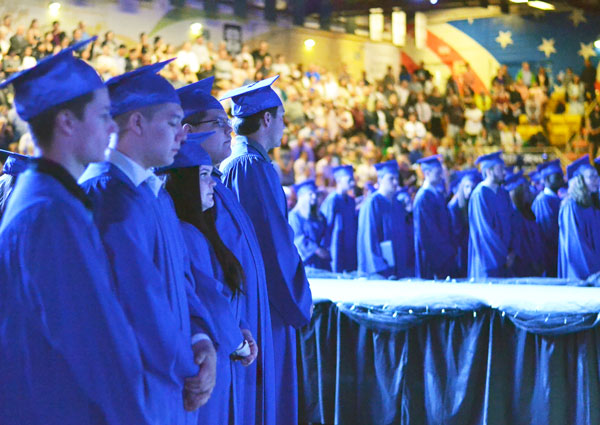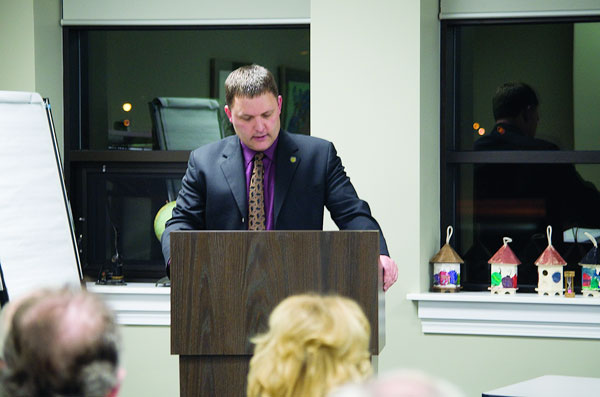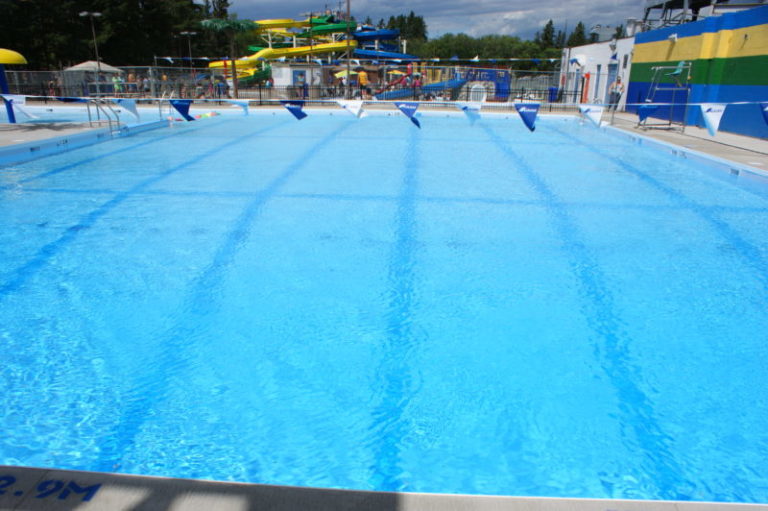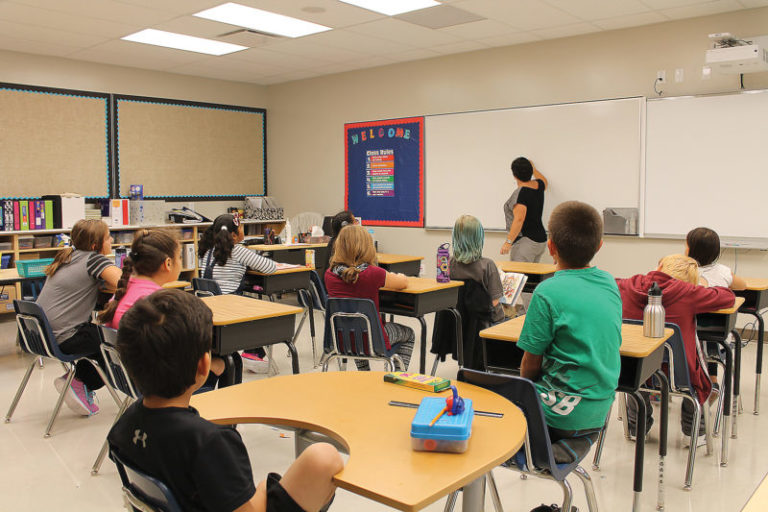The Prince Albert Catholic School Division is trying to stay ahead of the curve for planning after the release of education funding in the 2020 provincial budget that was announced on Monday, June 15. The division is trying to stay ahead of what the future may bring because of the pandemic.
According to director of education Lorel Trumier the COVID-19 pandemic presents challenges for managing possible eventualities for school in September. She explained that they have avoided costs in the past few months and they will direct those funds to health and safety and the learning side of education.
“And we are trying to balance both those competing needs to the year ahead. But they are the priorities, health and safety as well as the learning agenda. So for that reason we are going to put our students first There was also no funding specific to COVID-19 to support increased staffing levels or the need for resources such as PPE or cleaning supplies.
The school division passed their own budget on Wednesday and it includes many aspects of preparedness.
Instead, during the announcement Monday Harpauer pointed to a $200 million contingency the province has for any new COVID-19-related costs.
“Should there be a solid, defendable case of why classrooms need more funding, particularly COVID-related, that is what the contingency would be there for,” she said.
During last week’s announcement that schools would open in September Wyant explained that if school divisions need funding for a COVID-19 response will be a conversation to be had with divisions.
“We are preparing with what we have and certainly any costs that were avoided or not spent in the last couple of months we are going to have to look at using those dollars on expenditures in areas that we may not traditionally have spent,” Trumier said.
“I think that’s my concern but I don’t think that our school division is unique in that sense, I am certain that school divisions across the province are contemplating those things,” she added.
The division is planning for any eventuality including investing in a new learning portal called Edsby that works for all members of the learning community including parents, teachers and students.
“I am excited for that. I think the approach we are taking in our school division is to recognize some of the, we are trying to recognize this as an opportunity to get better in some areas and certainly the portal will move that forward and COVID providing many constraints,” Trumier said.
She explained that the school division staff are dedicated and they want to continue to working with parents.
“They have been really supportive and to their credit have allowed us to have some time to get our heads wrapped around how we can do this better and so we have been doing that.”
“We haven’t been sitting and waiting we have been very active behind the scenes trying to be proactive in trying to get the learning agenda portion of next year in place knowing that we will have moments that we are all in school and we will have moments where we will not be in school or have some children not be able to be there for a multitude of reasons or staff for that reason. So we are going to be working and planning around that,” Trumier added.
In the COVID-19 update on Tuesday Premier Scott Moe was asked about providing more funding for COVID-19 response. Moe explained that the budget provides $80 million to school divisions and they have seen savings.
“We’re in active conversations with them as to why those savings are and we’re working with our school divisions and our education sector as a whole on what the parameters is and how do we send our children back to school” Moe said.
The conversations with divisions included parameters, costs and possible changes that could occur come September.
“It is our intent that we will be able to … and provide every opportunity for our students to return to school in full attendance in some fashion this fall. we have to make sure we have the parameters in place to make sure that our students are attending school safely,” Moe said.
The 2020-21 Budget provides $2.6 billion for the Ministry of Education, an increase of $123.3 million or five per cent, to support Pre-Kindergarten to Grade 12 classrooms, early learning and child care, libraries and literacy.
The province’s 27 school divisions will receive $1.94 billion in school operating funding for the 2020-21 school year, an increase of $42.1 million over last year’s $1.9 billion budget. This increase provides school divisions with funding for enrolment growth and inflation. An increase related to the teachers’ collective bargaining agreement is included.
-with files from Peter Lozinski and Jayda Noyes, Prince Albert Daily Herald





